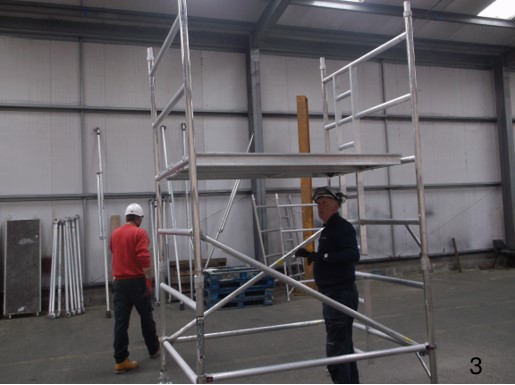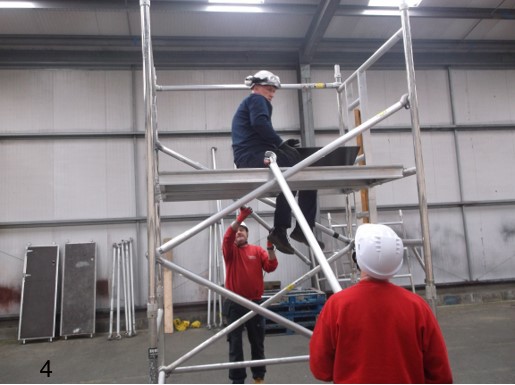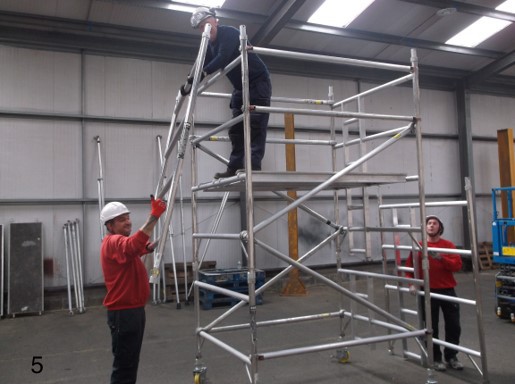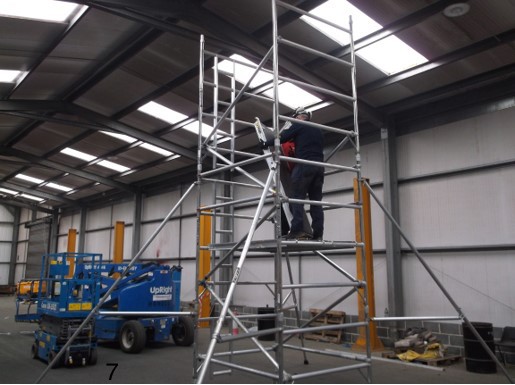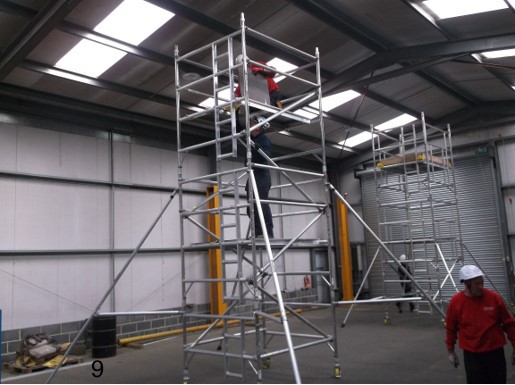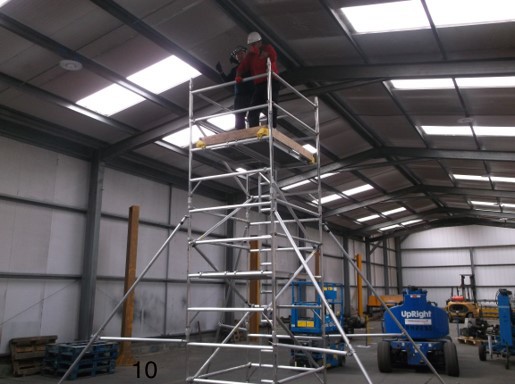We are an accredited PASMA training centre and offer PASMA Competent Erector Certificate courses throughout the UK.
Book your place on one or our PASMA courses:
PASMA Competent Erector Certificate – an industry standard PASMA (Prefabricated Access Suppliers and Manufacturers Association) course, recognised and recommended by safety professionals.
July 4th
PASMA (Prefabricated Access Suppliers and Manufacturers Association) is the UK’s leading body in mobile access tower health and safety.
PASMA training courses includes the requirements of the Work at Height Regulations 2005, and successful candidates receives The PASMA Certificate of Competency and Photo ID. This provides proof of competence when working with Mobile Access Towers. This qualification is valid for 5 years.
Work at Height Regulations 2005
The Work at Height Regulations 2005 regulations require that the assembly, dismantling or alteration of mobile access towers should be undertaken or supervised by a competent person.
What is a competent person?
The Work at Height Regulations 2005 states that a competent person is someone who can demonstrate that they have sufficient professional or technical training, knowledge, actual experience, and authority to enable them to:
Carry out their assigned duties at the level of responsibility allocated to them;
Understand any potential hazards related to the work (or equipment) under consideration;
Detect any technical defects or omissions in that work (or equipment), recognise any implications for health and safety caused by those defects or omissions, and be able to specify a remedial action to mitigate those implications.
When going onto, or erecting a mobile access tower, according to the Work at Height Regulations 2005, this implies:


